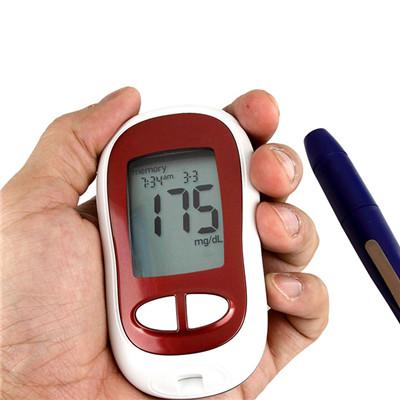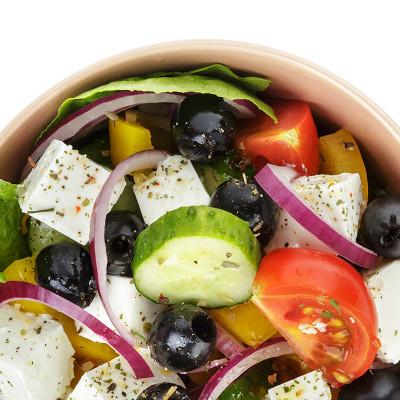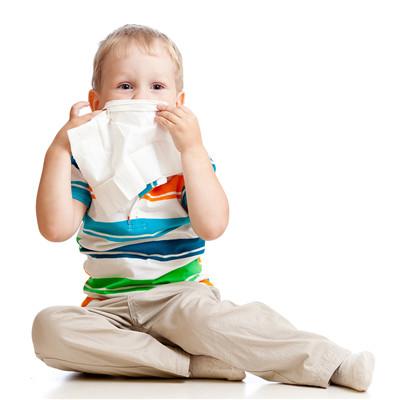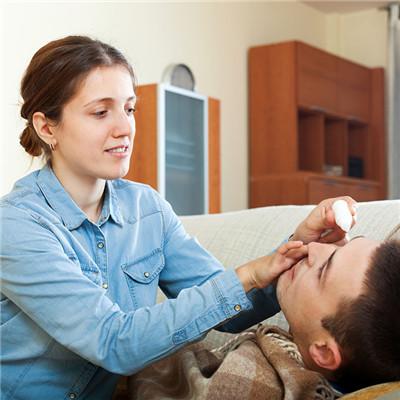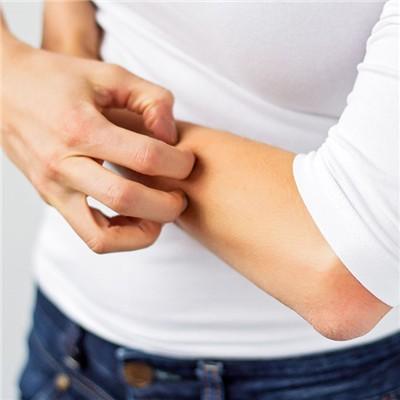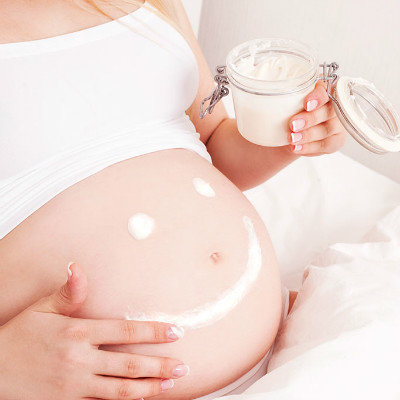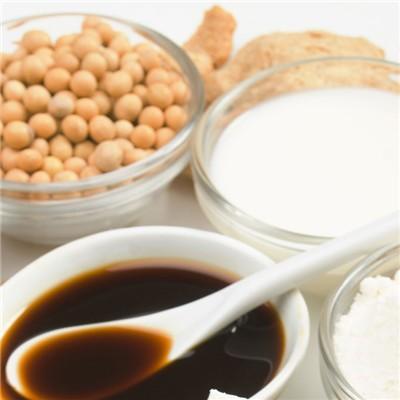Children's healthy diet
summary
Children aged 1-3 are in early childhood. Although their growth is not as fast as that of infants, they still need more teeth than adults. Their number of teeth is limited, and their digestive enzyme and peristaltic ability of stomach are not as good as that of adults. They should pay attention to cooking methods, and eat three meals and two meals a day. Children aged 3-6 are preschool children. During this period, their physique grows steadily. Except for the reproductive system, the development of other organ systems and brain morphology is close to normal, which is enough Energy, high-quality protein, various vitamins and minerals are the material basis to ensure the normal development of children. The most obvious index is weight and height, so we should pay attention to children's nutrition. Now let's talk about children's healthy diet.
Children's healthy diet
First: food diversification, as far as possible to meet the needs of infants and young children for a variety of nutrients. Food should be easy to digest and absorb and rich in nutrition. Such as porridge, flour, rice, eat less pure sugar food, such as candy, soda, drinks, ice cream. Protein is the important material basis of all life activities and the basic material of all cell and tissue structure, such as milk (milk, yogurt), meat (pork, beef, chicken, fish), eggs, beans and bean products. Eat less pickled food and high-fat food, such as pickled vegetables, sufu, sausage, bacon and canned products, fat meat, cream; do not eat fried food Spicy, greasy food, try to eat vegetable oil. The daily diet should include Cereals, meat, fruits and vegetables, and milk. The food should be matched reasonably and avoid partial eating,
Second: energy is the most important factor to maintain physiological function. If the dietary energy supply is insufficient, its nutrients can not be used well, thus affecting growth or weight loss. If the dietary energy supply is too much, obesity can occur. Try to choose foods with high energy and easy to digest and absorb. It is not suitable to eat too much roughage. Older children can appropriately increase the amount of iron. They can supply 20mg of iron every day. Children can eat animal blood or liver twice a week and seafood once a week. They should eat more fruits and vegetables. Vitamin C in fruits and vegetables can promote the absorption of iron. The absorption rate of plant iron is less than 10%. The absorption rate of animal iron is high. They can eat on time Increase appetite.
Third: cultivate good eating and health habits. When children are partial to or picky about food, they should be patient and should not act too hastily. Correcting bad habits requires long-term efforts. Reasonable arrangements for children to eat snacks time, quantity, do not drink drinks at meals, do not force children to eat certain food, in reasonable circumstances, allow children to choose favorite food.
matters needing attention
About 30% of children with food allergy are caused by partial diet. Because some ingredients in food can cause toxic reaction of human cells, long-term partial consumption of certain food will lead to the accumulation of some "toxic" ingredients in the body. When the accumulation reaches or exceeds the tolerance of cells in the body, allergic symptoms will appear. A large number of research data show that unscientific diet, as a pathogenic factor, has no less impact on children's health than pathogenic microorganisms such as cells and viruses.
